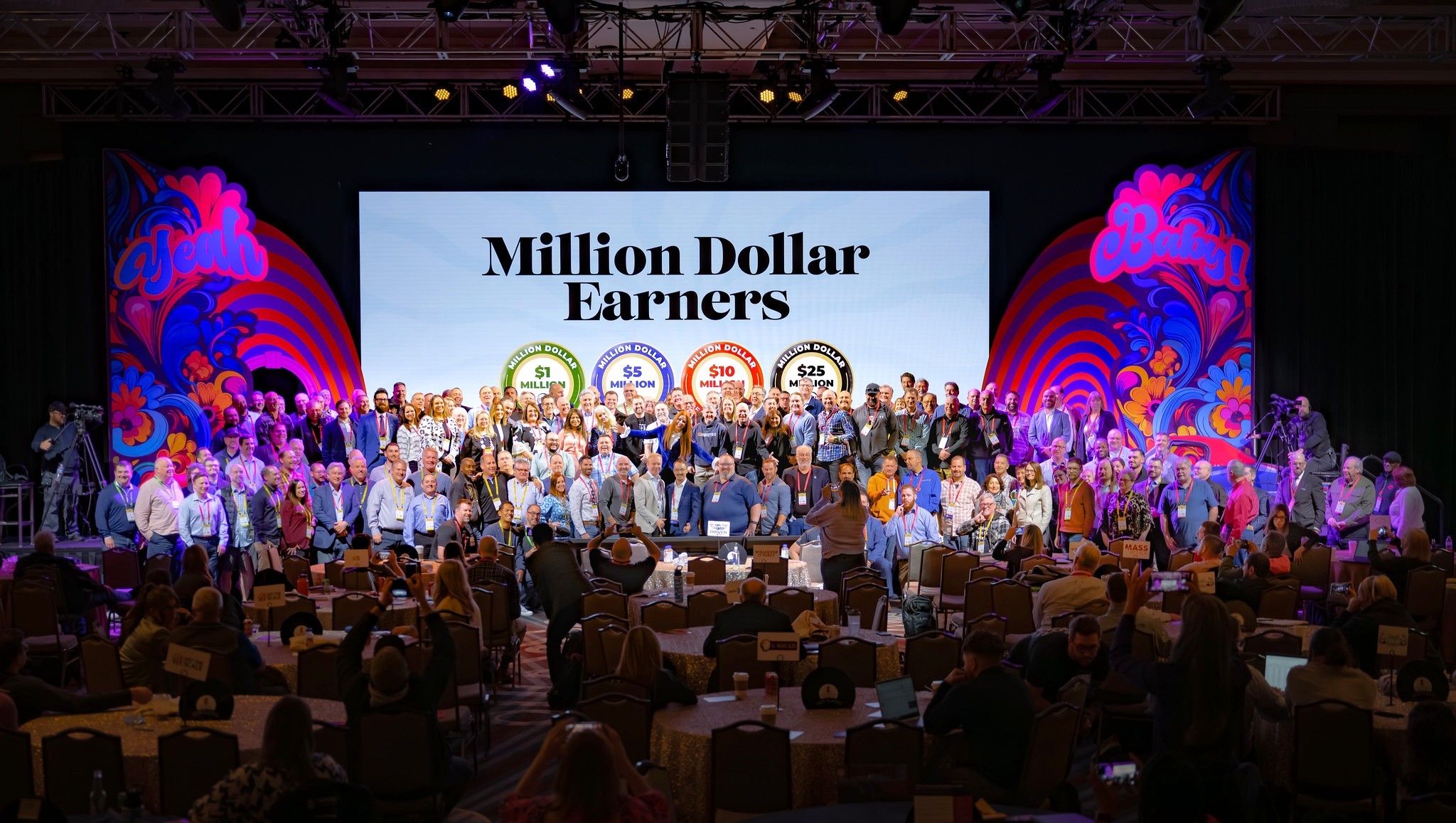AT A RECENT ONLINE SUMMIT EVENT, ChannelPro asked two of the smartest readers we know to sound off on the secrets to their success, the state of the industry, and the future of IT. Here are their answers to our questions.
 Peter Melby is CEO of Greystone Technology, a Denver-based MSP and six-time Inc. 5000 honoree. Peter’s leadership at Greystone has led to 17 consecutive years of growth.
Peter Melby is CEO of Greystone Technology, a Denver-based MSP and six-time Inc. 5000 honoree. Peter’s leadership at Greystone has led to 17 consecutive years of growth.
Q: Your company has achieved something like 40% growth multiple years in a row. What are some of the keys to that accomplishment?
A: [Growth] comes from the core of the organization. It’s about building a healthy ecosystem. So we have a tripod of success. The three legs of the tripod are client satisfaction, employee engagement, and profitability. And so when we look at our growth plan and we look at our opportunities in the market, we are focused on how do we grow in a way that still creates and balances the stability across all of those things. And when we have a hundred people pushing our growth plan, instead of just a sales team, the momentum is so much greater.
Q: How have you built a company culture that contributes to growth?
A: We started with the idea that if we treat people well and we listen to them, we’re going to have a great experience [and] business should be relatively easy, because people will want to work for us and they’ll in turn know how to treat their clients …
That simplicity worked really well until we got to probably eight people. Then we started to realize that I couldn’t see everything that was happening anymore. I didn’t have all the specific direct relationships. And so we did what a lot of people do, and we started figuring out other ways to try to build a culture …
The lesson that we learned is that things like social outings and unlimited vacations and a good benefits plans and a foosball table and beer in the fridge, they don’t actually build culture. They’re fun, and we have all those things. There’s nothing wrong with it. But it’s not a replacement for the fact that culture at its core is human.
And so we focus on a human nature-based culture … I do not expect my employees to care more about my company than they do about themselves and their own interests. I work to align what we want as a company with what our employees want individually, so that we have a common mission.
Q: Some MSPs who specialize in vertical industries, like restaurants, for example, really suffered last year due to the pandemic. Is vertical specialization still the right strategy for channel pros?
A: Verticalization brings familiarity, which brings some benefit to clients in specific industries …What I think is the right move in a lot of cases is to pick a few industries so that there is diversity, but [you] get that key knowledge … We have a lot of diversity [so] we don’t have the market risk that some people saw when COVID started, but we still are able to really engage and impact organizations the way that we need to.
Steve Hall is CEO of District Computers, in Silver Spring, Md. He has over 20 years of experience in small business technology consulting with a specialization in cloud computing and information protection.
Q: What changes have you made in your cloud portfolio this year in response to the work-from-home trend?
A: A lot of the work that we did in 2018 and 2019 prepared us to help our clients in 2020. We were really, really, really strongly pushing and advocating for [Microsoft] Teams and a lot of workspace platforms … So when we reiterated, “”Remember that platform we were talking about? Remember those work-from-home things we were talking about?”” it was more or less a reminder … They didn’t feel like we were just trying to take advantage of the situation to sell them something new.
We’ve always tried to stay a step ahead … A lot of my peers have had to go in and reeducate their customers, or educate their client base, as to why some of these tools are important. Whereas for us, just staying ahead of the curve really helped.
Q: Are there advantages to standardizing on one cloud platform, or just a few?
A: There are absolutely advantages, but from a management perspective, because it allows us to have to know and learn, and consistently keep learning, fewer platforms … However, you do sometimes miss out on some of the latest bells and whistles with some of the more custom features that may help.
Q: What do you do if a customer wants something that you haven’t standardized on?
A: We look at those and when the customer’s lucrative enough, I’ll be honest, when it makes enough sense for us to take on a new challenge or a new technology, we will absolutely make the adjustment for that customer. If it’s one where it’s going to just be a pain for us, we’re just going to say, “”Let’s find another customer or another MSP for them and move on.””
Q: How do you use bundling to increase the profitability of your cloud services?
A: Bundling has been one of our staples since we were transitioning into the cloud many years ago, so that’s pretty much where all our profit comes from. It’s not just the services, because specifically each service we bundle in might add $1.00, maybe $1.50, maybe $2.00, but the management thereof and the uniqueness of our solution, where we’re throwing in [digital] signature management, or we’re throwing in advanced encryption … We actually incorporate about seven different services on top of our core cloud platform that we offer.
Q: What cloud services are currently underutilized among SMBs?
A: I see it all the time when I go into a new prospect, or even some of our customers: They’re not leveraging enough security.
Q: What have you done to educate them about the risks they’re running?
A: We had to shift, obviously, the way that we deliver services this year, just like every other business, or most other businesses. And in lieu of a lot of our site visits, which we still do from time to time in the evenings or away from customer hours, we picked up lunch and learns, virtual happy hours, and tech talks. So that has become probably 30% of our day with different customer environments on recurring schedules, jumping from one virtual meeting to the next.
Image: iStock














